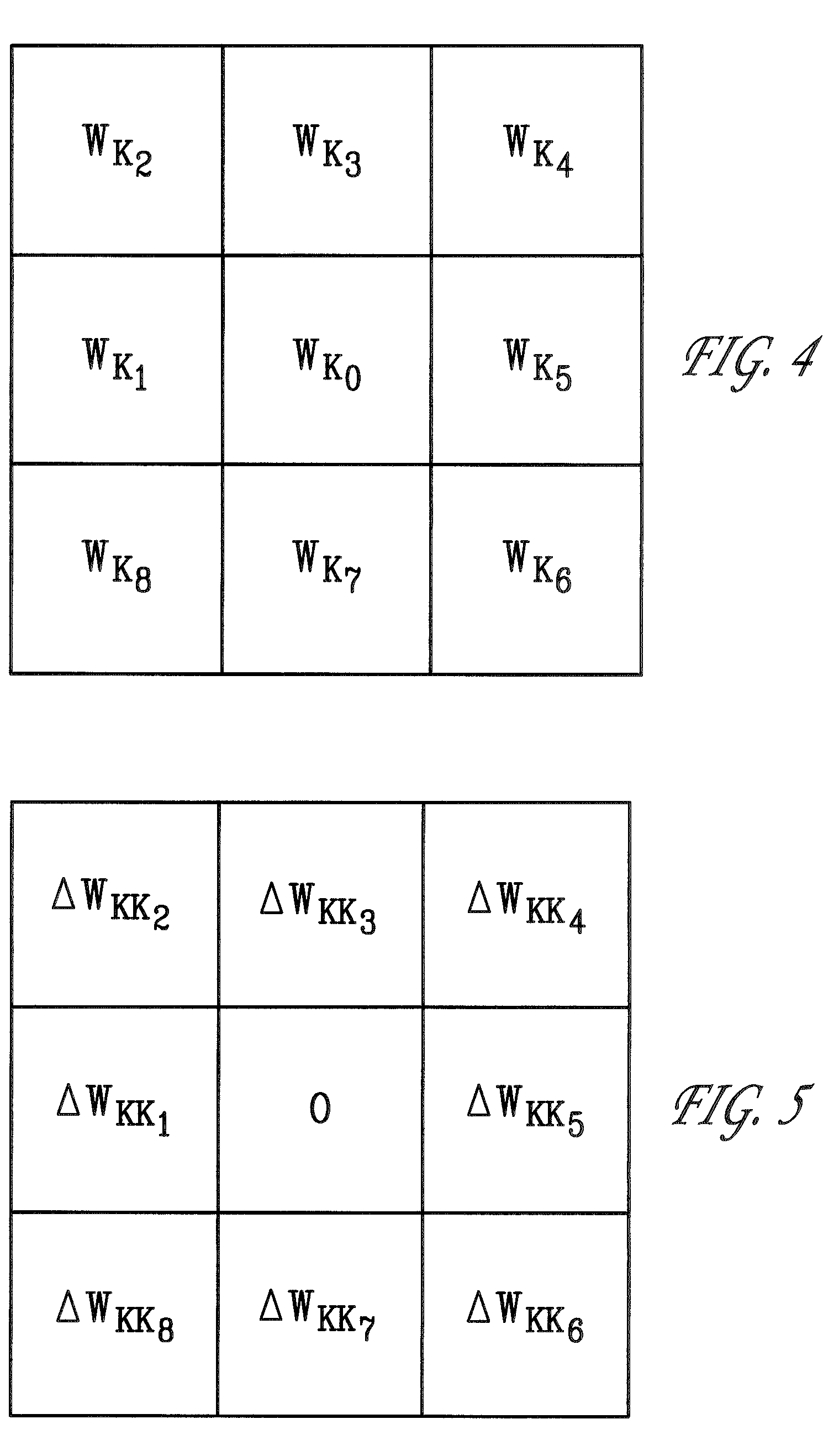System and method for reduction of speckle noise in an image
a speckle noise and image technology, applied in image enhancement, scene recognition, instruments, etc., can solve the problems of high susceptibility, signal-dependent and grainy speckle noise formation, impede the efficiency of aerial data collection and visualization with sar systems, etc., and achieve efficient use of time and computing power. , the effect of reducing the nois
- Summary
- Abstract
- Description
- Claims
- Application Information
AI Technical Summary
Benefits of technology
Problems solved by technology
Method used
Image
Examples
Embodiment Construction
[0026]The following description of the preferred embodiments is provided to enable any person skilled in the art to make or use the present invention. Various modifications to these embodiments will be readily apparent to those skilled in the art, and the generic principles defined herein may be applied to other embodiments without departing from the spirit or scope of the invention as set forth in the appended claims.
[0027]The present invention includes a method of removing speckle noise from an image as well as a method of segmenting an image. Each of the methods of the present invention can be performed by automated systems, including for example image processing systems and the like. The methods of the present invention can be embodied in hardware, software, firmware or any other suitable means for causing an appropriate system to perform the requisite steps and provide a speckle noiseless and / or segmented image. The methods of the present invention are particularly well-suited ...
PUM
 Login to View More
Login to View More Abstract
Description
Claims
Application Information
 Login to View More
Login to View More - R&D
- Intellectual Property
- Life Sciences
- Materials
- Tech Scout
- Unparalleled Data Quality
- Higher Quality Content
- 60% Fewer Hallucinations
Browse by: Latest US Patents, China's latest patents, Technical Efficacy Thesaurus, Application Domain, Technology Topic, Popular Technical Reports.
© 2025 PatSnap. All rights reserved.Legal|Privacy policy|Modern Slavery Act Transparency Statement|Sitemap|About US| Contact US: help@patsnap.com



